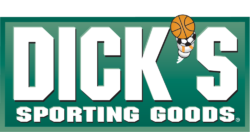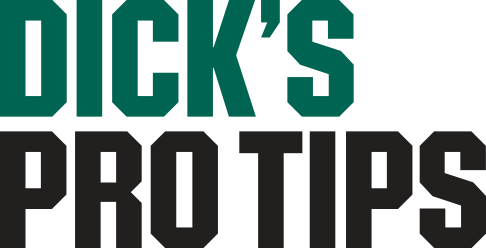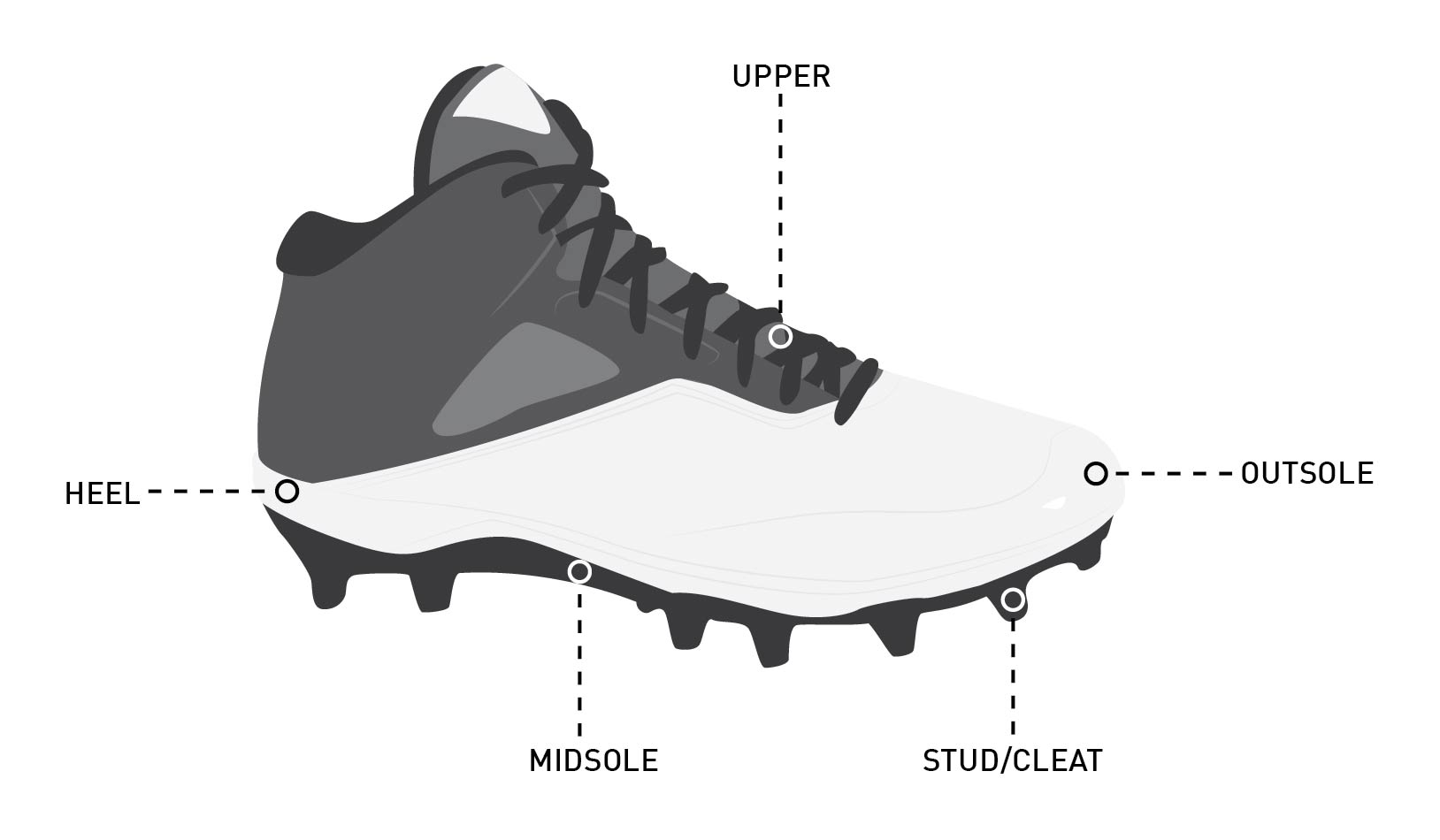How to Get Into Hight Top Football Cleats Easy

PRO TIPS by DICK'S Sporting Goods


Start here for the gear you need and advice from our experts.
Gridiron Guide: How to Buy the Right Football Cleats
No matter if you are a defensive back, quarterback or lineman, you need cleats that offer traction, support and comfort.When it's the fourth quarter and the game is on the line, you need a pair of football cleats that will help carry you into the end zone.
Football cleats should offer lockdown traction, support and comfort. The football cleats you choose can help make a big difference on your performance.
With so many options to choose from, finding the right cleats can be overwhelming. However, Pro Tips is here to help you learn more before suiting up.
ANATOMY OF A FOOTBALL CLEAT

All football cleats have the same general design. Each part of the cleat can help make an impact on how you play. Parts of a football cleat include the:
- Upper: This part of your cleat has laces or straps to help provide a secure fit. The upper portion of a cleat features synthetic materials designed to withstand impact and rough weather conditions.
- Midsole: This part offers a cushion for your foot. Depending on the style and foam used, the midsole can provide both support and impact absorption.
- Outsole: This is the bottom of the cleat. Typically made of molded plastic or rubber, the outsole helps with the stability of the cleat.
- Studs/Cleats: Located on the bottom of the cleat, these will provide traction on the field. The configuration of the studs or cleats can affect acceleration and stopping, as well as cutting.
- Heel: Typically has a heel counter on the back of the cleat that helps the heel from collapsing.
CLEAT STYLES
It's important to find the right cut of football cleats for you. Always consider your desired level of ankle support and mobility when making your selection. Personal preference goes a long way in choosing a cleat style.
- Low-cut cleats stop before the ankle. Without the extended top, low-cut cleats can allow for maximum maneuverability. These cleats are lightweight. Skill position players like running backs, receivers and defensive backs tend to go with low-cut cleats.
- Mid-cut cleats extend to the ankle. This can help support the ankle without restricting the player's movements. A variety of players may choose mid-cut cleats, including quarterbacks, running backs, linebackers and tight ends.
- High-cut cleats offer the most support for the ankle as they lace all the way above the ankle. While these cleats can boost support, they can also affect the mobility of athletes wearing them. High-cut cleats can be a good option for linemen.
CLEAT TYPES
There are two distinct styles of cleats you will choose between: molded and detachable. It's important to consider field conditions, league regulations and preference when choosing a pair of cleats.
- Molded cleats are permanently attached to the bottom of the shoe. Players usually wear these cleats for the traction they provide. Molded cleats can also offer versatility on different playing surfaces. They typically require less maintenance than detachable cleats.
- Detachable cleats have studs that can be easily changed or replaced. This can make them versatile as you switch between studs. The ability to change the studs can be an advantage when playing in uncertain weather conditions.
- Shorter studs are best for playing on dry ground.
- Longer studs allow a player to dig into wet, uncertain surfaces.
Please note that cleats are available in a variety of sizes and made of plastic or rubber. Always consult league requirements before purchasing football cleats. Many youth leagues have regulations on what footwear can be worn.
YOUTH FOOTBALL CLEATS
Is your future MVP just starting their football journey in the Pee Wee leagues? Always make sure they have a shoe that fits them properly. Size is critical for youth football cleats. Never buy a football cleat that's too large for your child to grow into. Cleats that are too big could pose an injury risk to the player.
CLEAT ACCESSORIES
You'll find a variety of football cleat accessories that can help boost your performance on the gridiron.
- It's a good idea to buy extra shoelaces in case one breaks in the middle of a game or practice. Having a broken lace could pose tripping hazards.
- If you have detachable football cleats, replacement studs are good to have. Make sure you buy the correct stud size so that the new stud does not change the balance or feel of the cleat.
- Tape can help provide additional support for your ankles. This process is also called spatting. Learn more about the benefits of taping your cleats with Pro Tips.
With the right pair of football cleats, you'll be ready to conquer every yard between you and victory.
Searching for the right size? Look for the True Fit icon on apparel and footwear product pages when shopping online at DICK'S Sporting Goods. Get personalized size and fit recommendations with just a few clicks. Learn more about True Fit.
Source: https://protips.dickssportinggoods.com/sports-and-activities/football/gridiron-guide-how-to-buy-the-right-football-cleats
0 Response to "How to Get Into Hight Top Football Cleats Easy"
Post a Comment